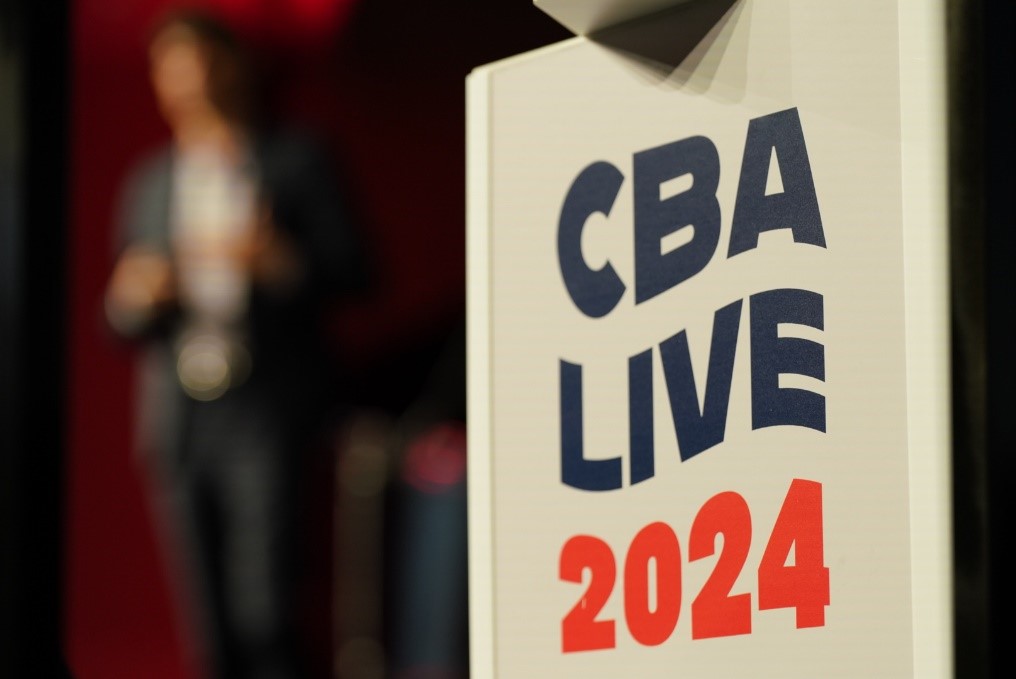CBA, BPI, and TCH Respond to Fed Announcement on Reg II

Washington, D.C. — The Consumer Bankers Association, The Bank Policy Institute, and The Clearing House issued the following statement in response to the Federal Reserve’s proposed changes to Regulation II, which establishes caps on what banks can charge for facilitating debit card transactions.
“The last time the Federal Reserve placed a cap on debit transaction costs, two things happened: the availability of free checking accounts declined and merchants pocketed the difference in cost, defaulting on their promise to the American consumer to lower costs at the counter. Attempting to revisit the failed policy in a world where technology and fraud prevention costs are even higher will exacerbate these problems and further harm consumers.”
The Truth is, Since Regulation II Became Effective in 2011:
- Merchants didn’t lower prices.
- According to a merchant survey conducted by the Federal Reserve Bank of Richmond and Javelin Strategy & Research in 2014, 75% of merchants reported that they did not change prices due to Regulation II, 23% reported that they increased prices and 2% reported that they decreased prices.
- According to a merchant survey conducted by the Federal Reserve Bank of Richmond and Javelin Strategy & Research in 2014, 75% of merchants reported that they did not change prices due to Regulation II, 23% reported that they increased prices and 2% reported that they decreased prices.
- Account holders have experienced higher checking account fees and lower availability of free accounts.
- Nearly 60% of regulated banks offered free checking account options prior to Regulation II’s effectiveness; that percentage dropped to less than 20% within the first few years after Regulation II became effective.
- Higher bank fees attributable to Regulation II priced some consumers out of the market and resulted in their use of more expensive banking replacements such as check-cashing and payday-lending facilities.
- Bank investments in technology and fraud prevention have risen.
- Interchange goes toward fraud prevention; insufficient updates to this calculation could hinder efforts to combat fraud. These sophisticated efforts by large issuers make the overall system safer by eradicating fraudulent activity that could harm other issuers and consumers.
- Evaluating the same cost metrics as the Board used to establish the Regulation II cap in 2011, regulated issuer costs have not declined.
- Banks of all sizes were affected.
- Although the Board’s 2011 rule was supposed to protect small community banks and credit unions from the impact of the interchange fee price controls, the Board’s current data shows that merchants and networks have forced small debit card issuers to accept interchange fees only slightly above the cap on single-message card networks, a trend that will likely get worse as a result of the Board’s 2022 dual-routing rule.



